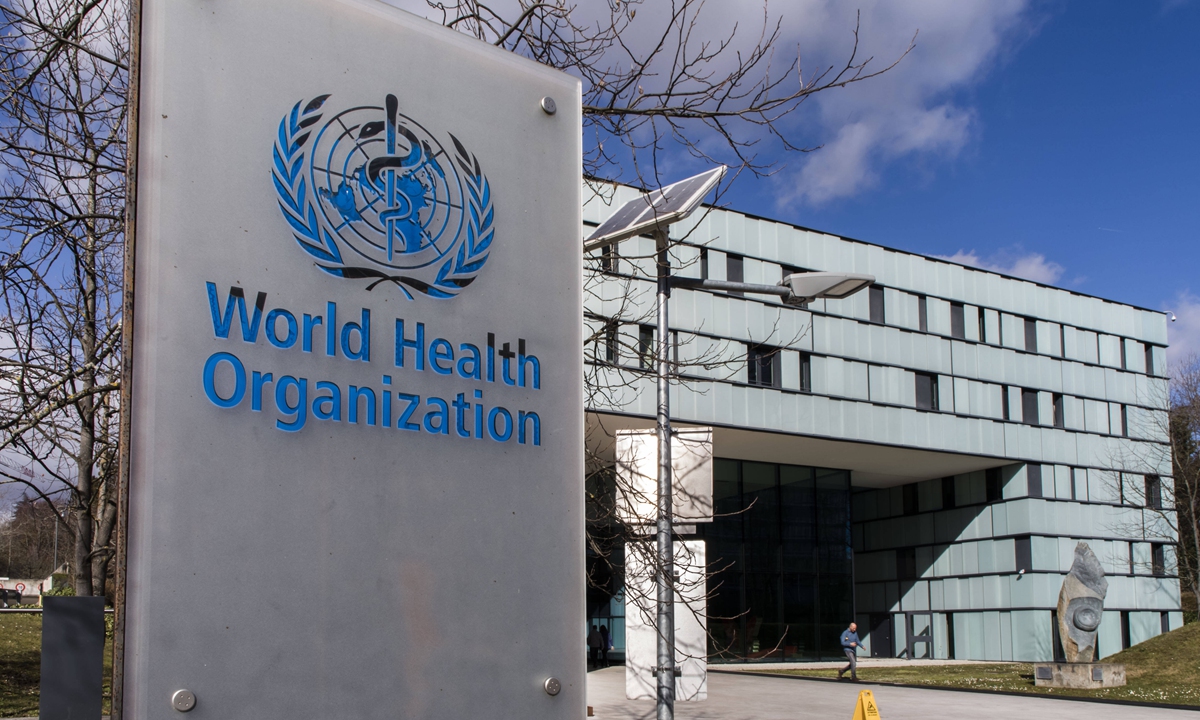Risk of premature deaths due to NCDs highest in PH among Western Pacific nations

A World Health Organization (WHO) report released on Thursday said that Filipinos were almost most likely to die due to noncommunicable diseases (NCDs), including stroke and diabetes, compared with other people in the Western Pacific region.
In addition, one out of four Filipinos were likely to die between ages 30 and 70 due to cardiovascular diseases, cancers, diabetes or chronic respiratory illness. From 651 deaths due to NCDs per 100,000 Filipinos in 2000, the figure rose by almost 10 percent to 714 deaths per 100,000 by 2021.
“The increase in the mortality burden due to NCDs in the Philippines was substantial,” noted the newest WHO report titled “Health statistics in the Western Pacific Region 2023: Monitoring health for the Sustainable Development Goals (SDGs).”
Between 2000 and 2019, three countries in the Western Pacific— the Philippines, Solomon Islands and Kiribati — saw increases in premature mortality due to NCDs, contrasting with the region’s overall decreasing trend. Chronic lifestyle diseases such as heart attacks, stroke, asthma and lung diseases have been blamed for more than 80 percent of deaths among the 1.9 billion people in the area.
Among the 17 United Nations Sustainable Development Goals (SDGs) is to cut the number of early deaths due to lifestyle-related diseases by a third by 2030. However, countries in the Western Pacific are seen unlikely to meet the UN target due to the slow decline in alcohol and tobacco consumption, WHO said.
While the probability of premature death from NCDs has declined in the region by over 25 percent since 2000— above the global average rate— this would still not be enough to meet the 2030 deadline. This was the assessment of Dr. Kidong Park, director of data strategy and innovation, in a briefing at the WHO regional headquarters in Manila on Thursday.
Risk factors
He said that alcohol and tobacco consumption were among the many risk factors, adding, “We need to decrease alcohol consumption. We need more people to quit tobacco consumption.”
NCDs have become the leading cause of death in the Philippines, with cardiovascular diseases (250,000), ischemic heart disease (130,000), stroke (74,200), cancer (69,000), diabetes (32,300), and chronic kidney disease (16,700) accounting for 511,000 out of 733,000 total deaths in 2019.
Park said the slow decline in alcohol and tobacco consumption was making it difficult to control lifestyle diseases.
Consumption of alcohol in the region has risen by 40 percent since 2000. Despite a decline from 7.2 liters per capita per year in 2015 to 6.1 liters in 2019, the overall increase highlights an ongoing concern for public health, according to WHO. Similarly, although tobacco use declined from 28 percent of adults smoking in 2000 to 22.5 percent in 2022, this was still above the global average of 20.9 percent.
Dr. Hiromasa Okayasu, WHO Western Pacific director of healthy environments and populations, urged countries to tighten rules on electronic cigarettes (e-cigarettes), citing “loose regulations” in some member states.

















